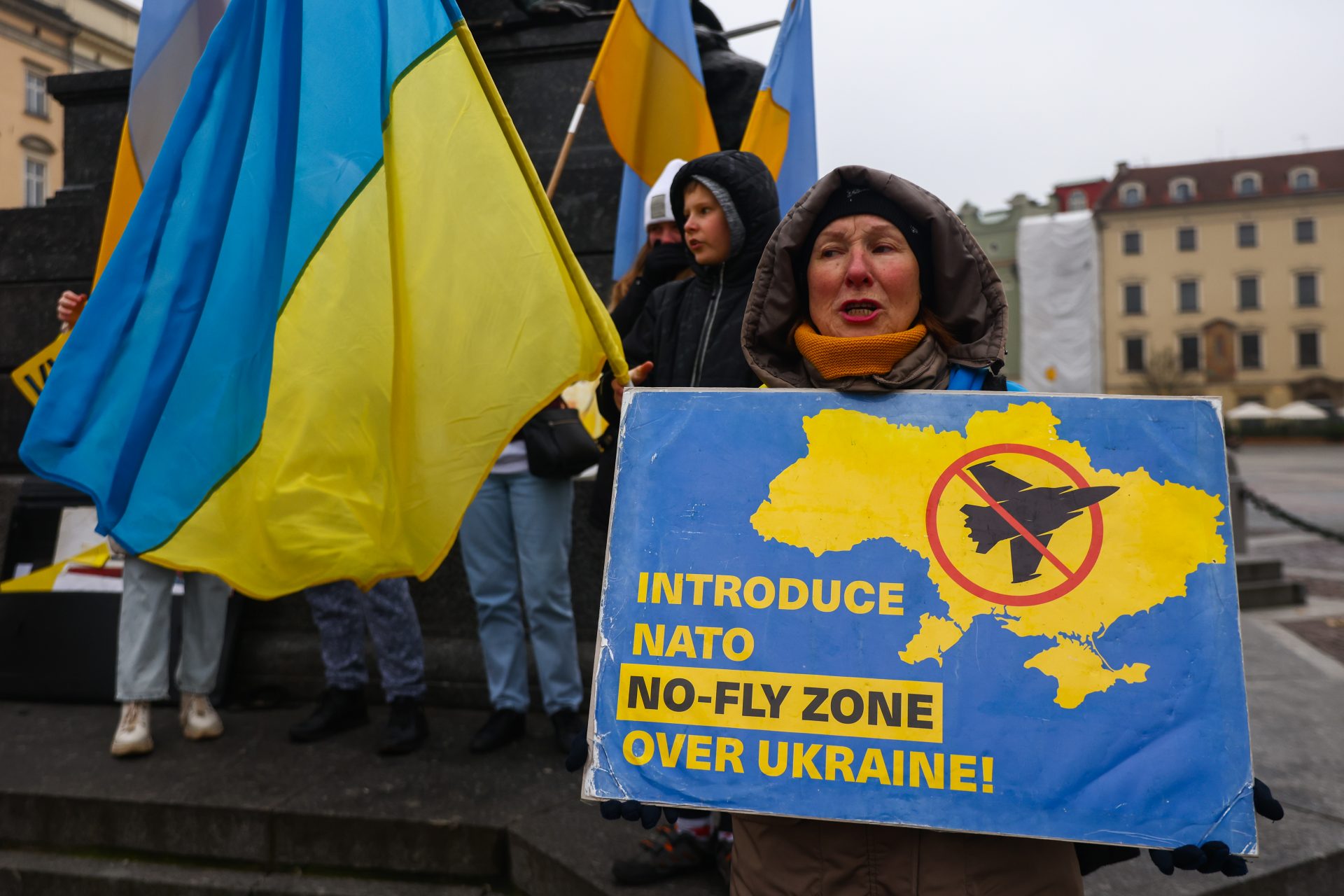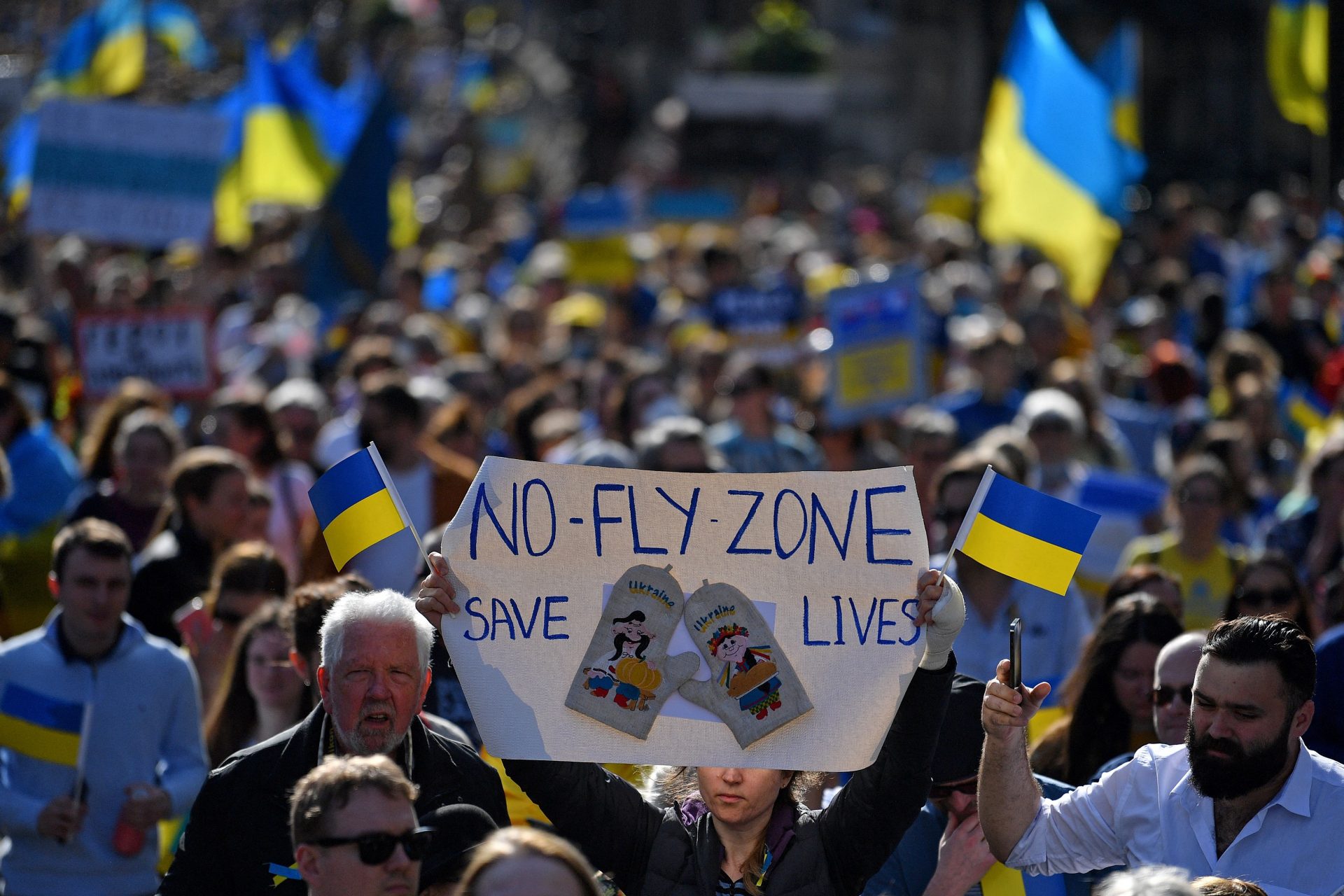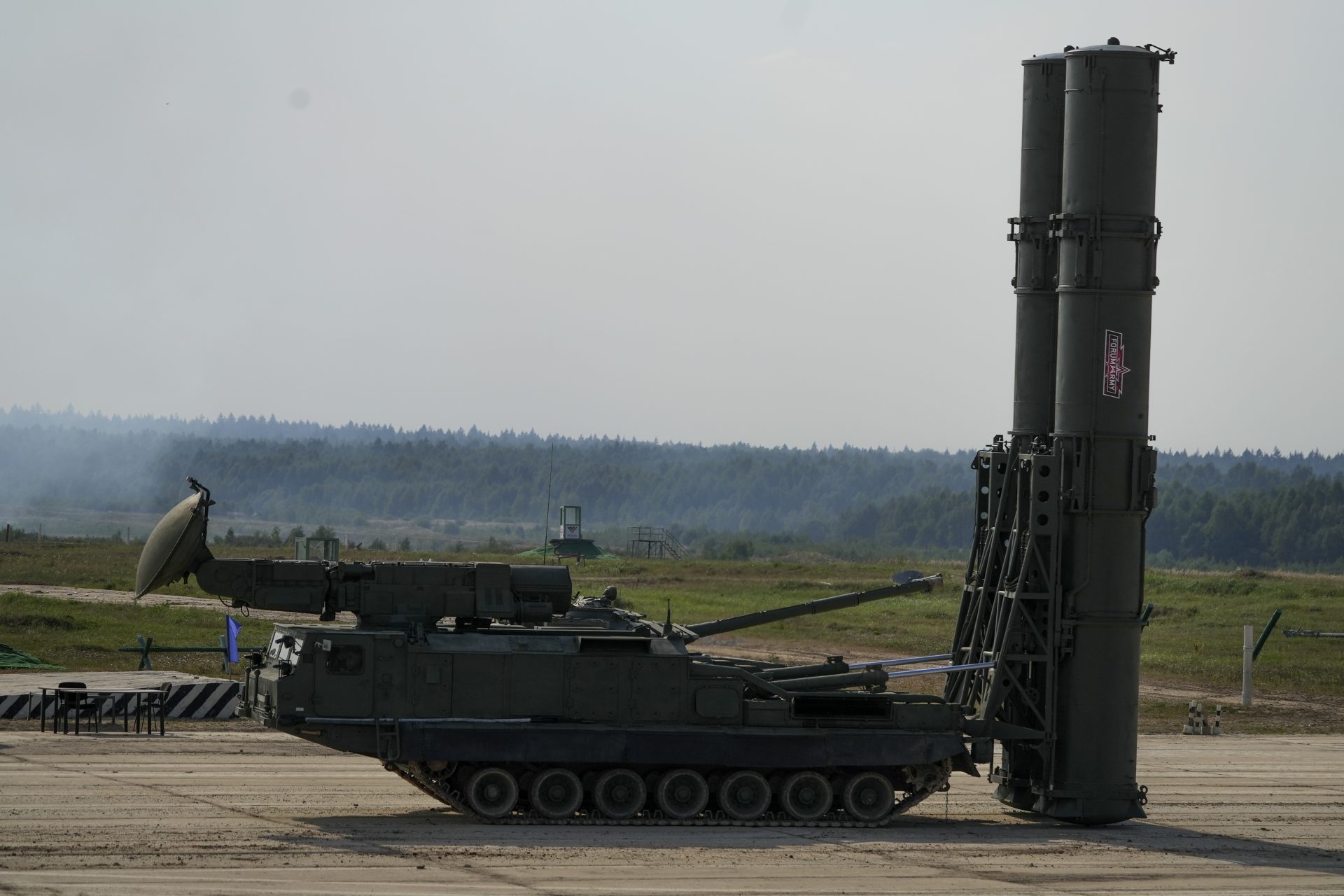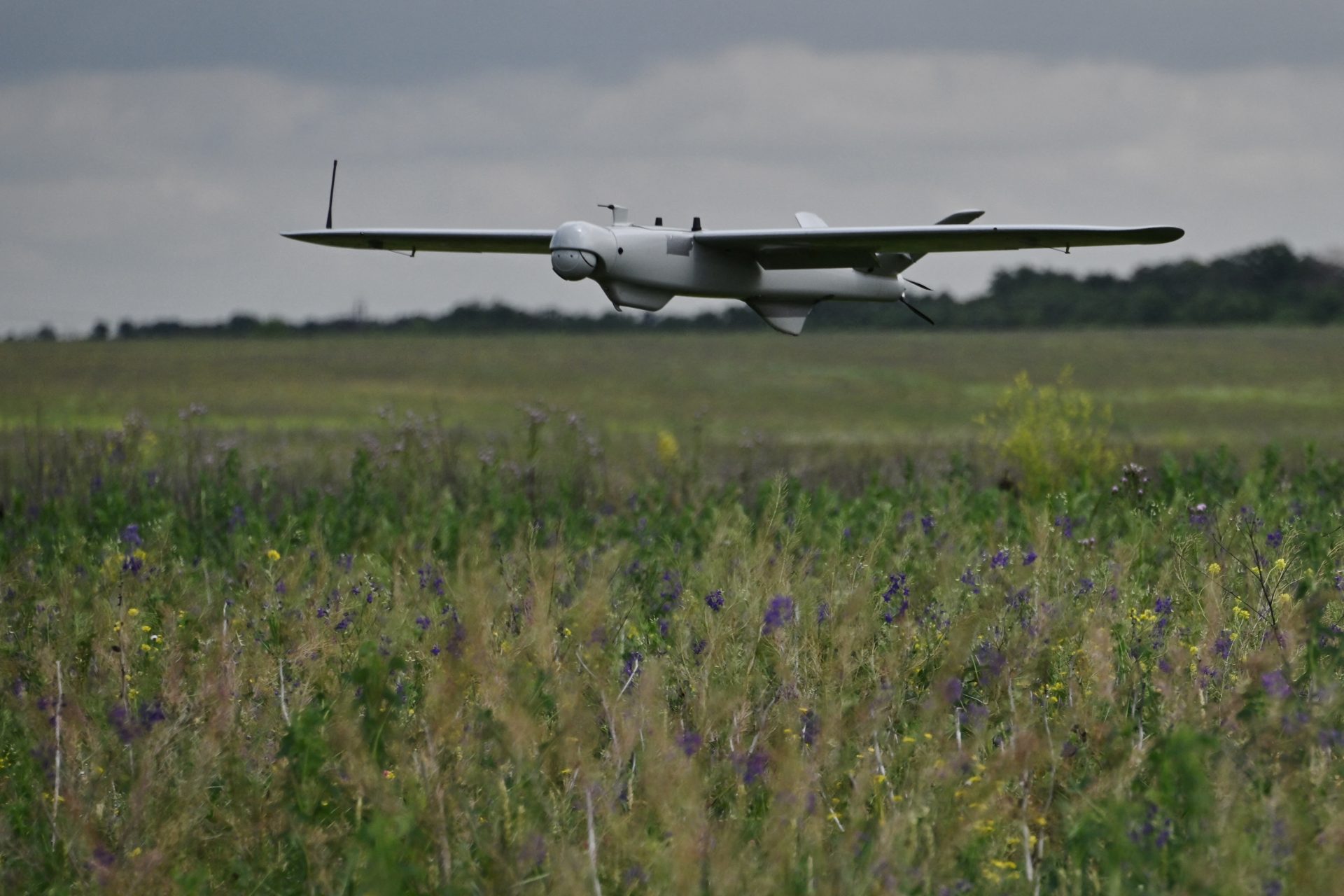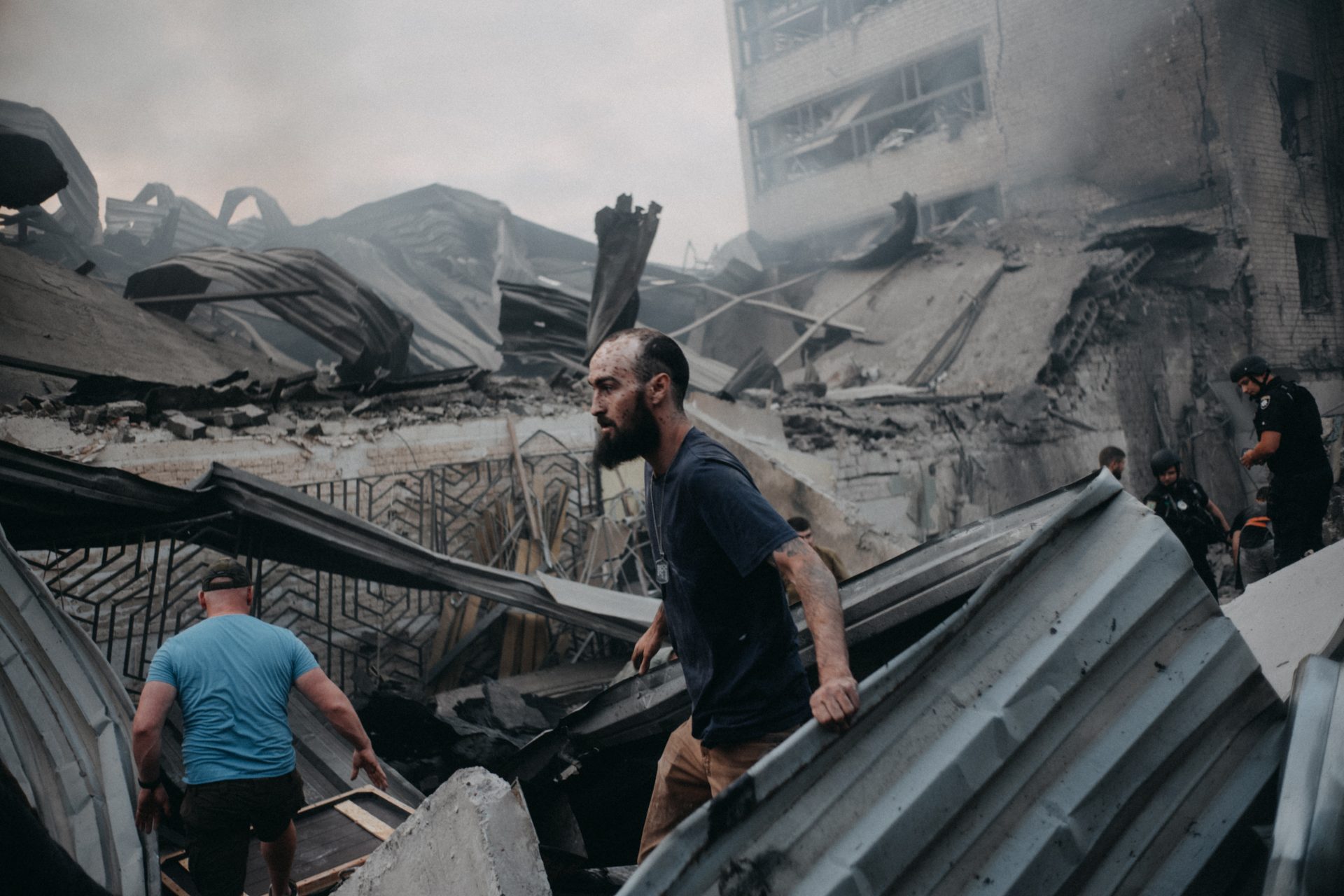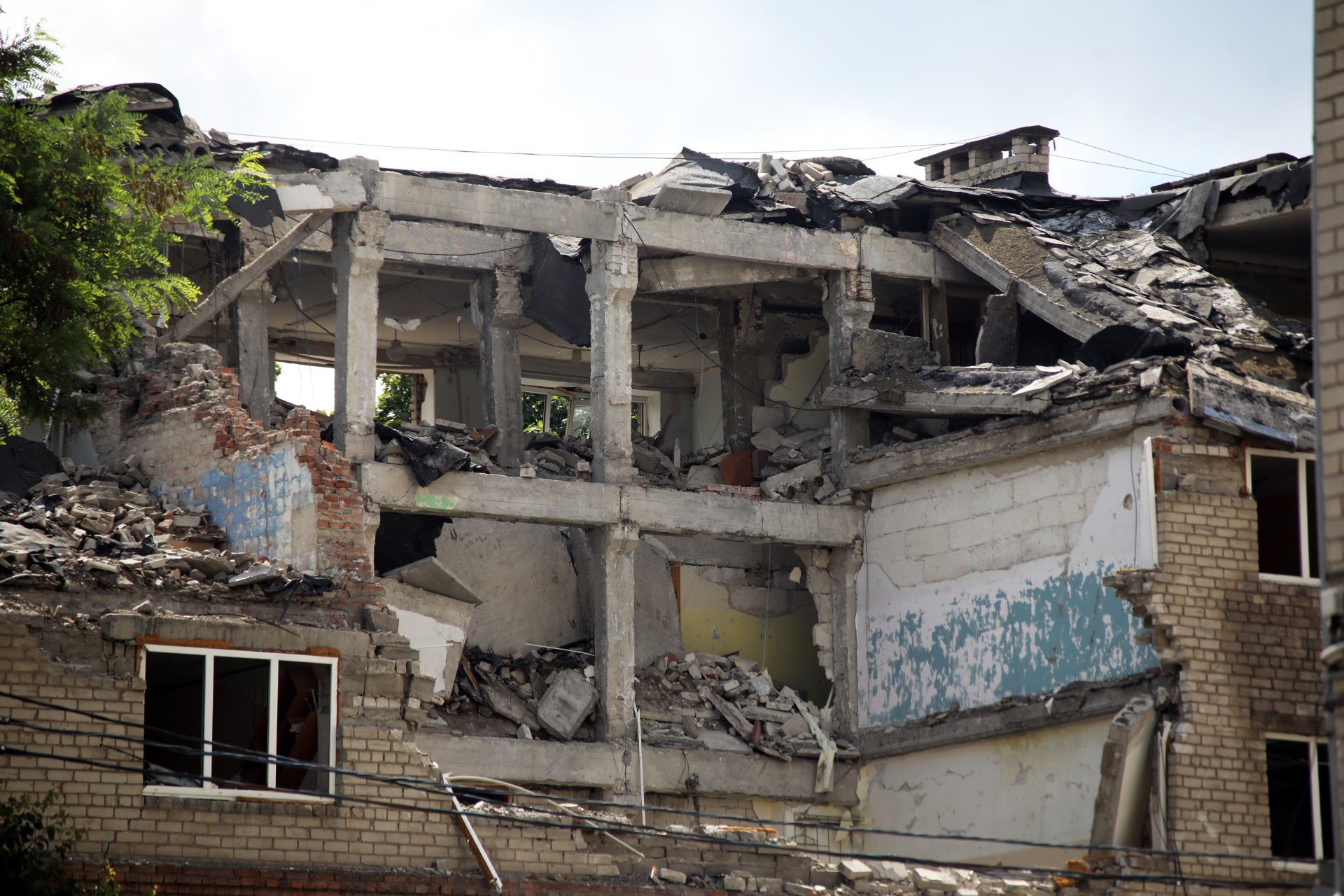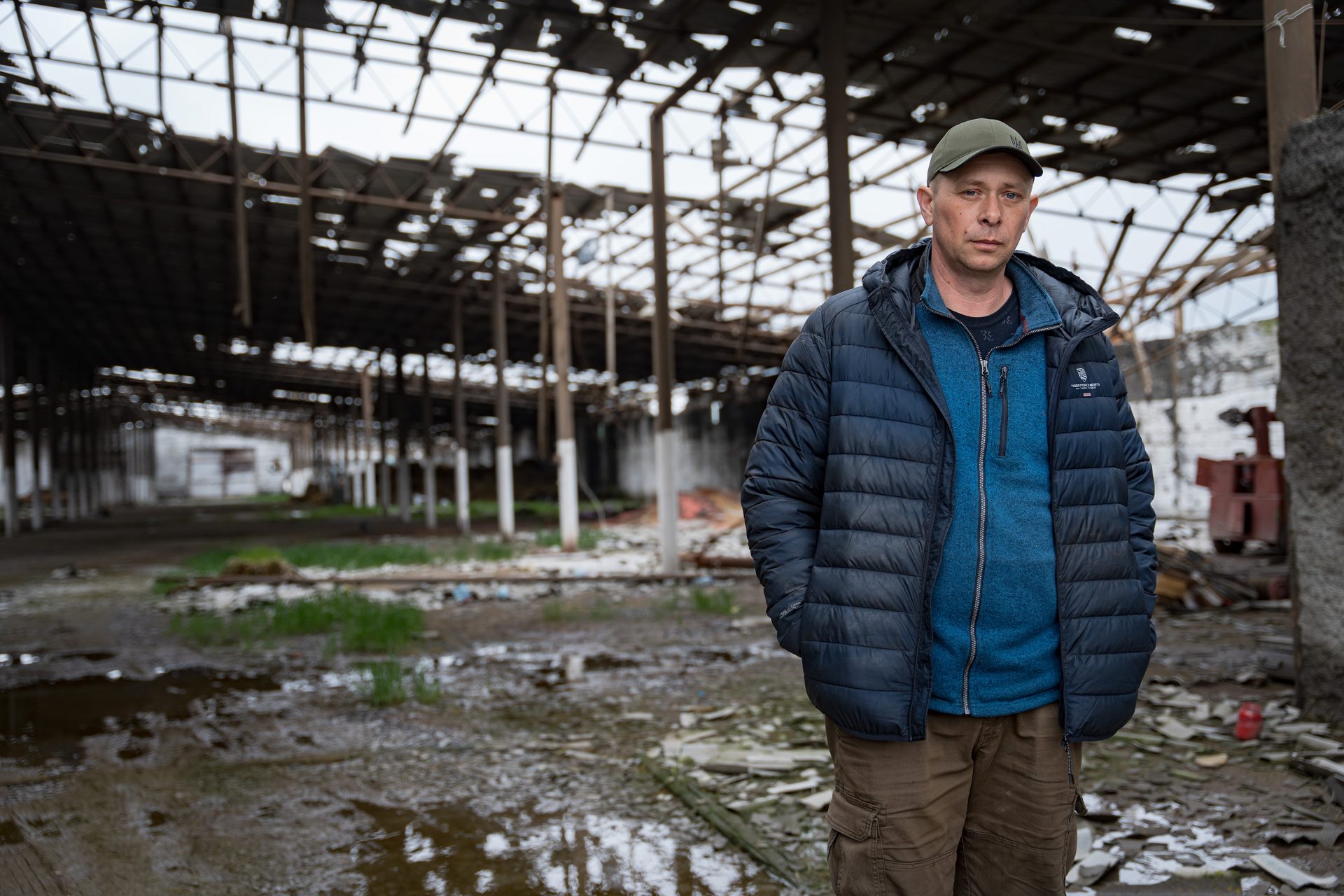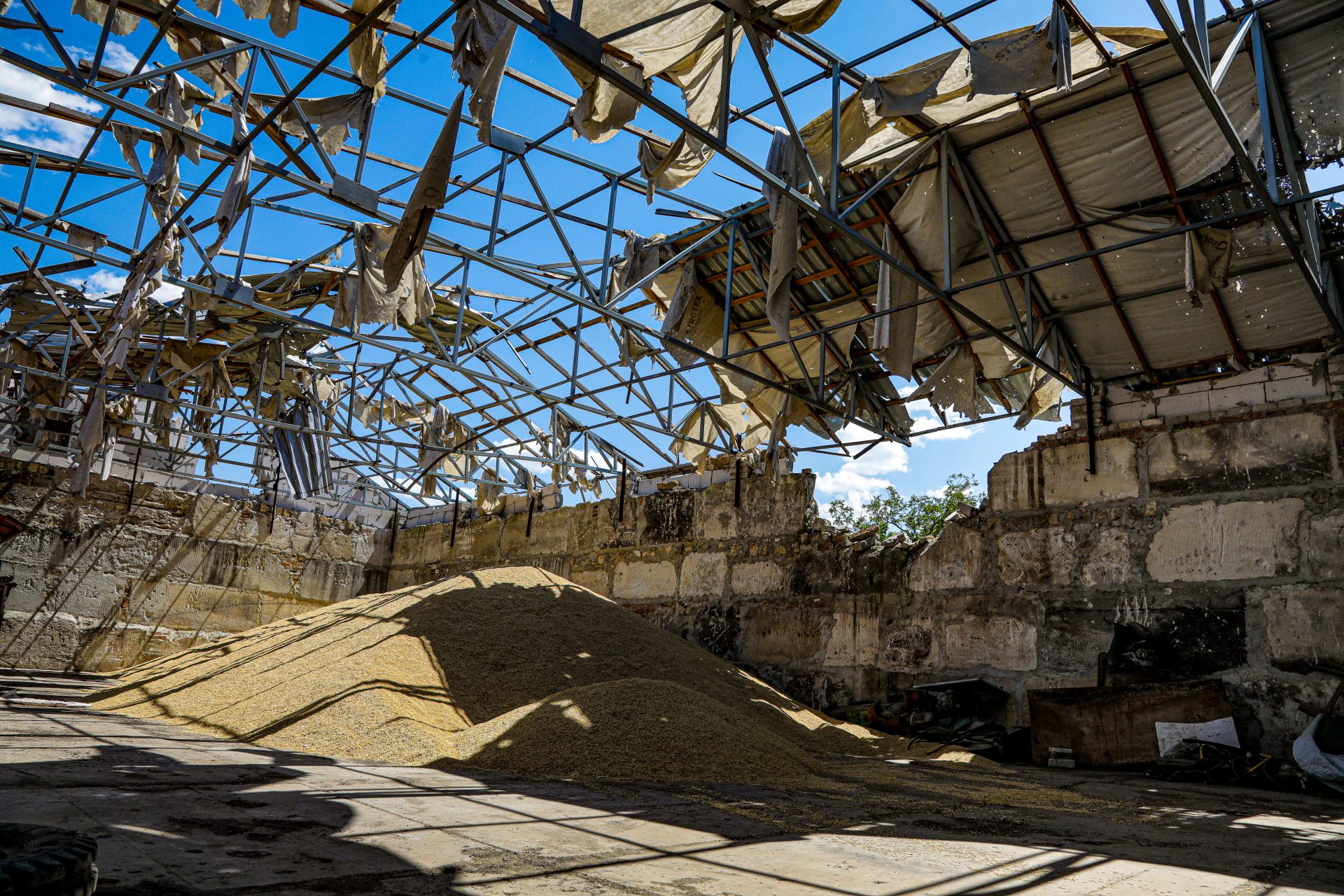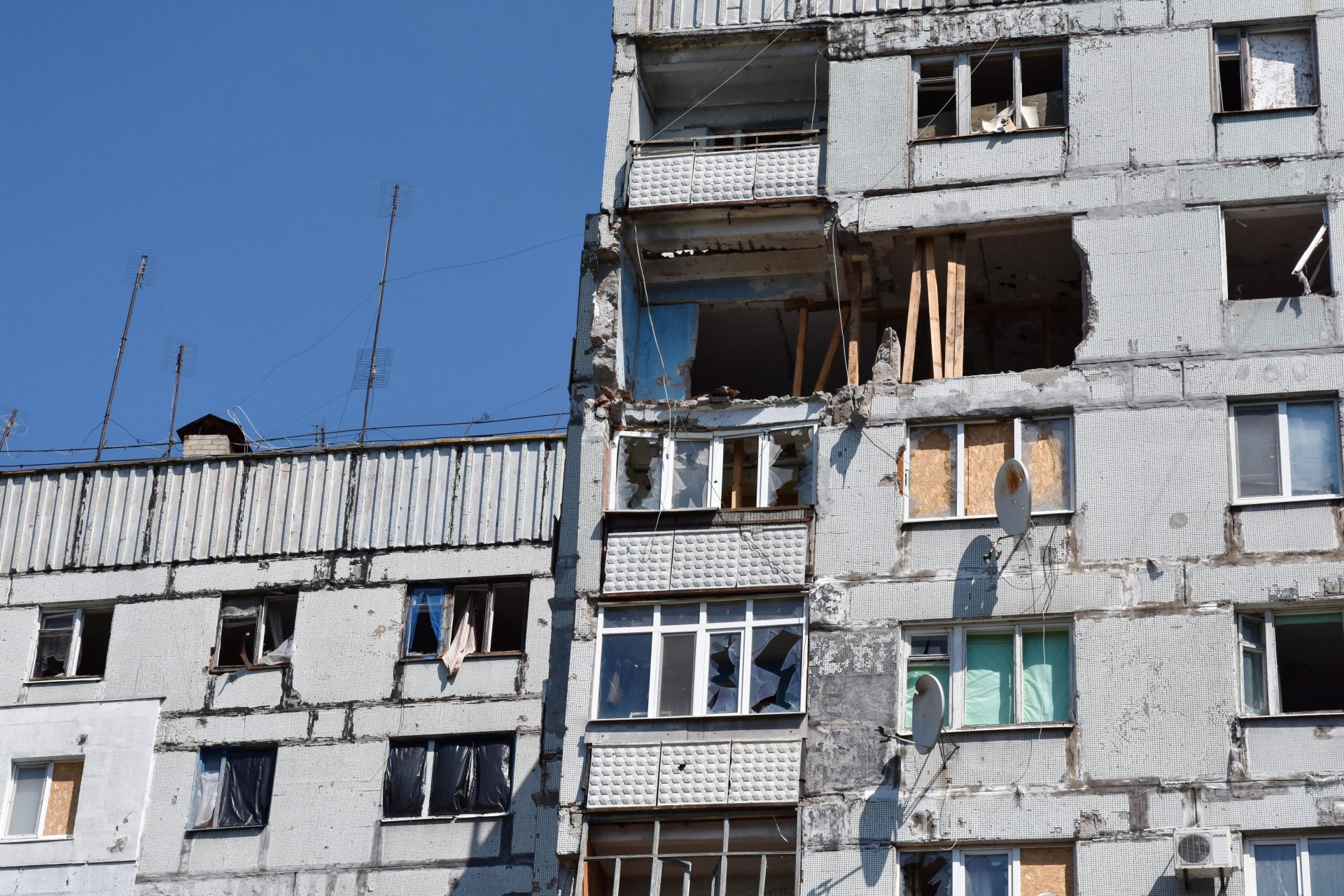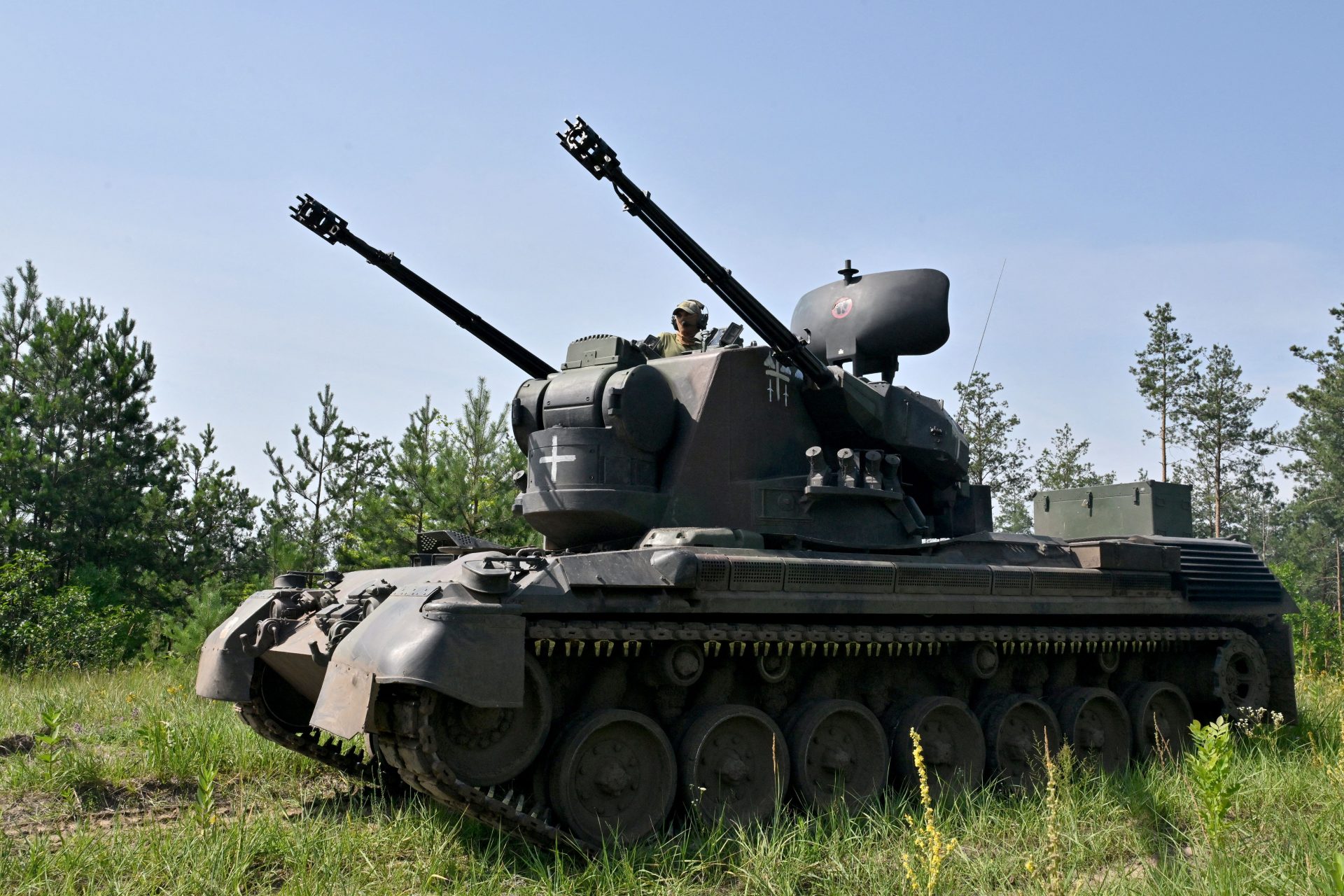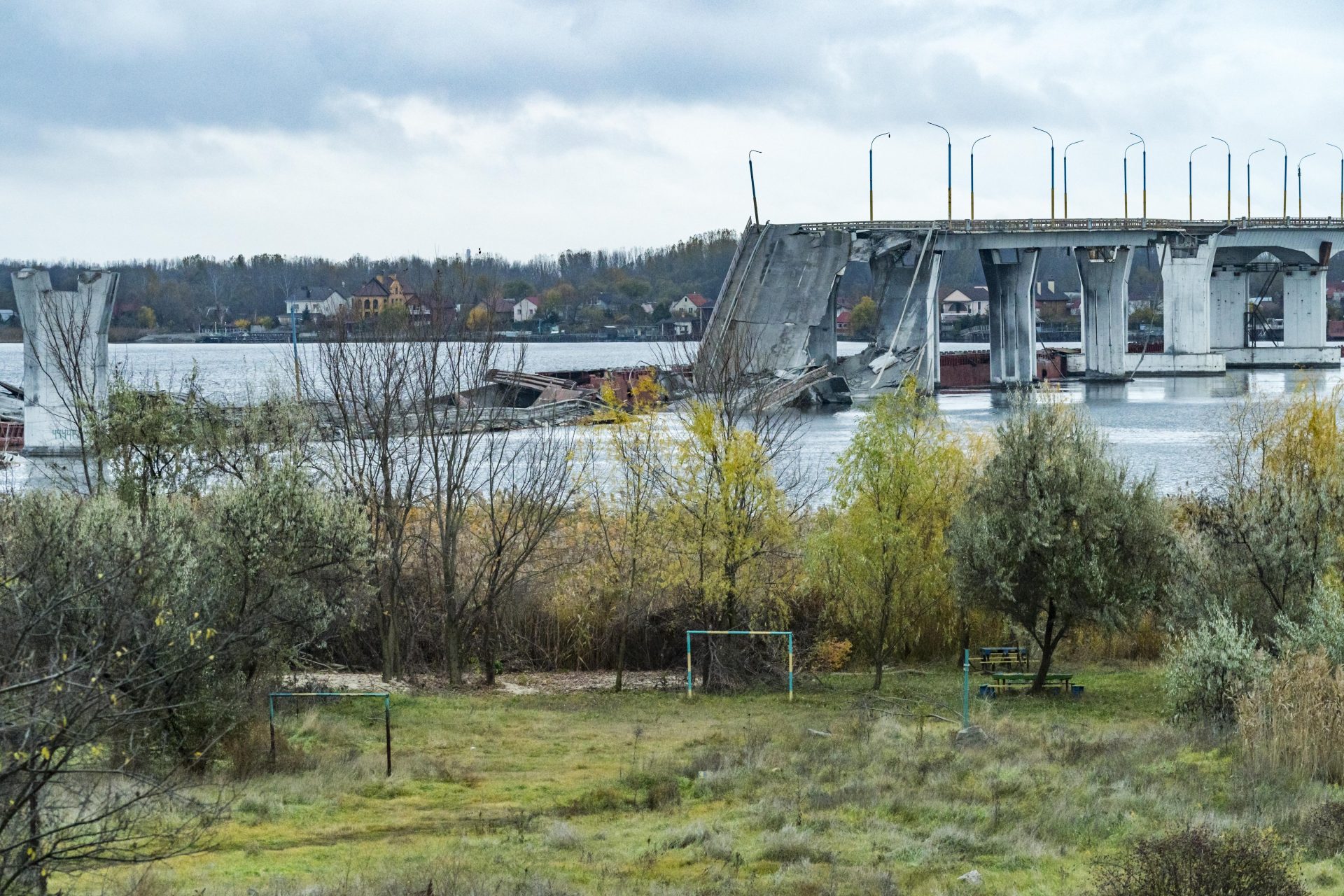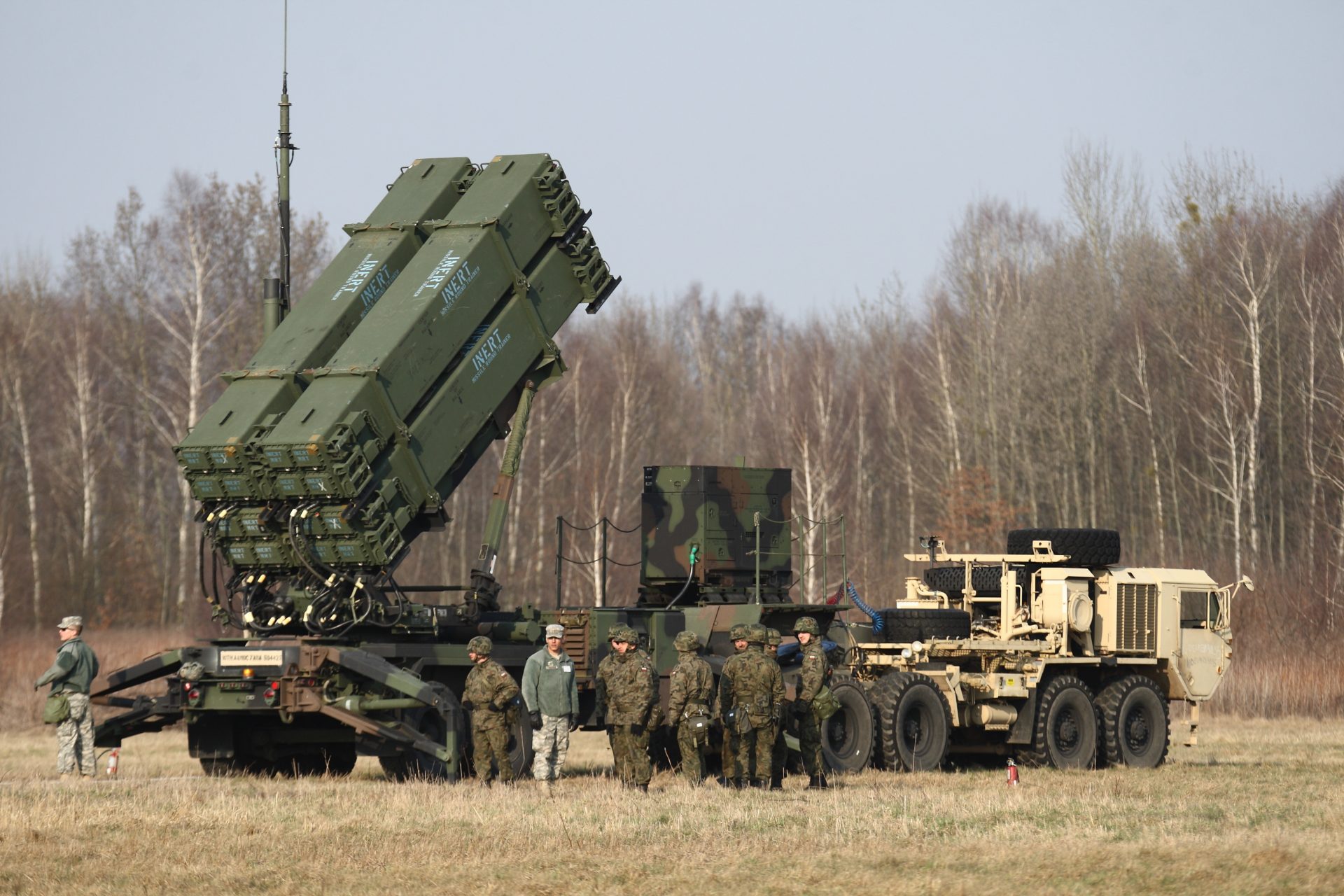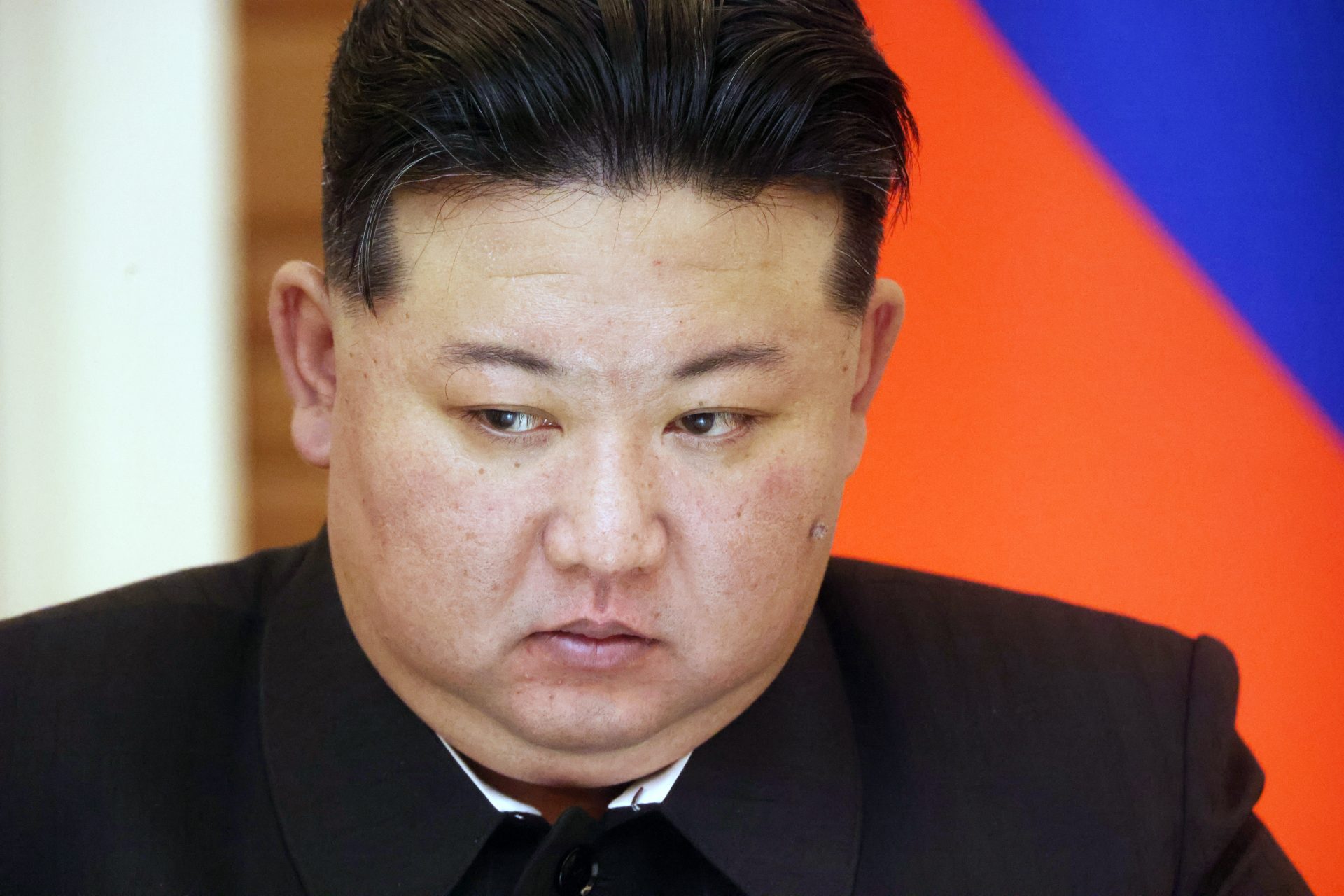This is why one analyst says we still need a no-fly zone over Ukraine
In the days after Vladimir Putin ordered the full-scale invasion of Ukraine, experts on the sidelines of the conflict began arguing over whether or not third parties like NATO and the United States needed to impose a no-fly zone over Ukrainian skies.
Imposing a no-fly zone could have resulted in countries clashing with air assets from the Russian Federation, a situation that almost certainly would have pulled the other powers into a larger conflict—and maybe even war between Russia and the United States.
It was only four days after the invasion began that President Volodymyr Zelensky called on the United States and NATO to enforce a no-fly zone, saying: "If the West does this, Ukraine will defeat the aggressor with much less blood” according to an Axios report.
The idea was soundly rejected by President Joe Biden’s administration and then-Press Secretary Jen Psaki clearly explained that if the United States committed to a no-fly in Ukraine then it was also committing to shooting down Russian planes.
At that point in the conflict, Biden had already ruled out sending troops to Ukraine and it was clear his administration wasn’t going to do anything to provoke Russia. Imposing a no-fly zone would do the opposite according to Psaki, and could put the nations at war.
"That is definitely escalatory,” Psaki explained about the possibility of a no-fly zone and shooting down Russian planes, “that would potentially put us into a place where we're in a military conflict with Russia. That is not something the president wants to do.”
NATO Secretary General Jens Stoltenberg also quashed any notion the alliance would impose a no-fly zone, noting that NATO had “a responsibility to make sure that this doesn't spiral out of control that escalates even further into concern for full-fledged war.”
The issue eventually fell off the radar as Ukraine and its Western allies dug in for a bitter fight to push Russia out of the country. However, one war analyst thinks the world might need to reconsider a no-fly zone in Ukraine but not for the reason you may think.
Andreas Umland is an analyst for the Stockholm Centre for Eastern European Studies at the Swedish Institute of International Affairs and recently wrote an opinion piece for The Hill calling for a no-fly zone over Ukraine targeting unmanned aerial vehicles.
“What Ukraine now needs are no-fly zones for unmanned aerial objects,” Umland wrote. “This would benefit not only Ukraine, but also a world depending upon its bounty.”
“Russia’s war of terror, using long-range weapons against the Ukrainian population, touches the core interests of many states outside of Eastern Europe in at least four ways,” Umland continued, and his four points made a lot of sense.
First, Umland argued that the destruction of Ukraine's ability to produce and export food was hurting the world’s most vulnerable and exacerbating global economic issues. Food shortages were increasing prices and leading to more global social and political issues.
Deploying non-Ukrainian air defenses in order to secure food production and delivery is a matter of importance according to Umland because it “would serve to mitigate broader risks to international security,” which led to his second point: protecting nuclear power plants.
Russia intentionally targeted Ukrainian power plants in an attempt to weaponize winter and protecting Kyiv’s remaining plants has become a global need according to Umland because the threats to the country’s nuclear plants are a threat to many other states.
Third, Ukraine needs a no-fly zone in order to protect its civilian population from attacks. Umland didn’t weigh in on whether or not Russia was attacking civilians intentionally but noted attacks on Kyiv needed to stop because of the international presence in the city.
Thousands of international officials had to rely on Ukraine’s air defenses to keep them safe and couldn’t count on their own country’s resources when in Kyiv nor when making their way to the city according to Umland, who added Ukraine had requested the help.
Finally, Umland made the case that the cost of future repair efforts should be enough to convince countries to establish a no-fly zone over Ukraine. Billions will soon be spent in Ukraine to rebuild, a fact that increases the national interest of Ukraine's allies in the country.
“The issue of protecting internationally funded civilian infrastructure from Russian warheads is therefore likely to become increasingly urgent,” Umland wrote, though it is unlikely all of his four points, even if pooled together, would be enough to convince others to institute a no-fly zone.
The risks associated with shooting down Russian air assets are still present, and as long as the threat of nuclear war hangs over the heads of Ukraine's allies, it's unlikely we’ll see the United States or NATO institute a no-fly zone over the country.
However, the next best thing might be to provide Kyiv with the weapons it needs to stop Russia from dominating the skies above Ukraine. Kyiv needs more air defense systems according to the Head of the Office of the President of Ukraine, Mykhailo Podolyak.
“Russia’s tactics are clear: they use massive drone attacks to overload our anti-aircraft systems and then in parallel, they have a window of opportunity to use ballistic missiles to target infrastructure,” Podolyak told The Guardian, a situation that is very worrying.
More for you
Top Stories



